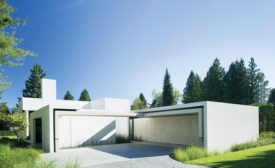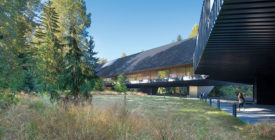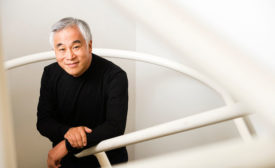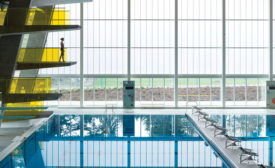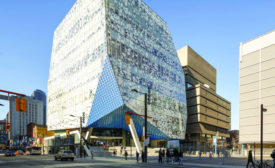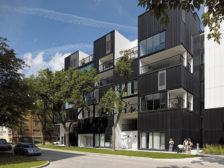Adele Weder
Adele Weder is a Vancouver-based architectural journalist, critic, and curator, and the coauthor of several anthologies and monographs.
ARTICLES
Ryerson University Student Learning Centre
Here comes the neighborhood: A student center serves a school's commuter population while inviting the public in.
Read More
Fort McMurray International Airport
Northern Exposure: The creation of a new airport for an emerging Canadian town provides a welcome portal for world trade and recreation.
Read More
Muckleshoot Smokehouse
New Life For The Longhouse: A communal space celebrates a Native American tribe's identity and helps keep age-old rituals alive.
Read More
Copyright ©2025. All Rights Reserved BNP Media.
Design, CMS, Hosting & Web Development :: ePublishing
